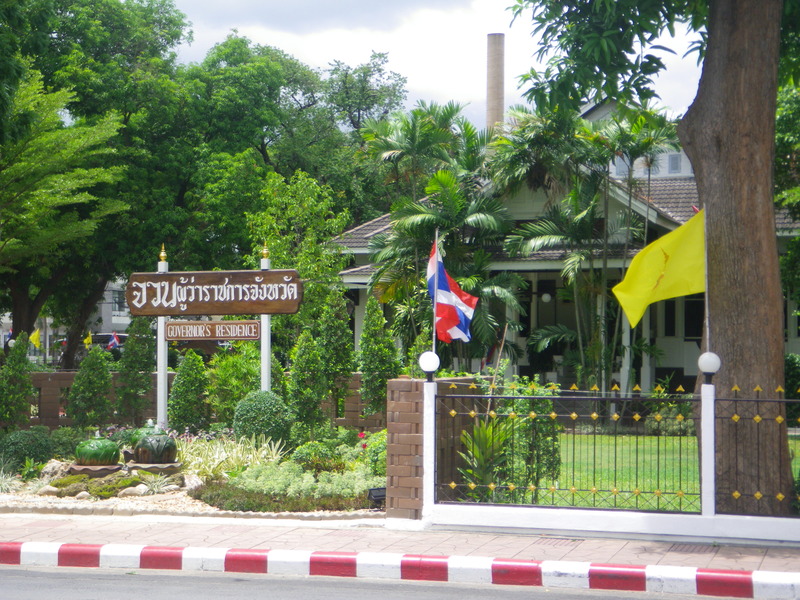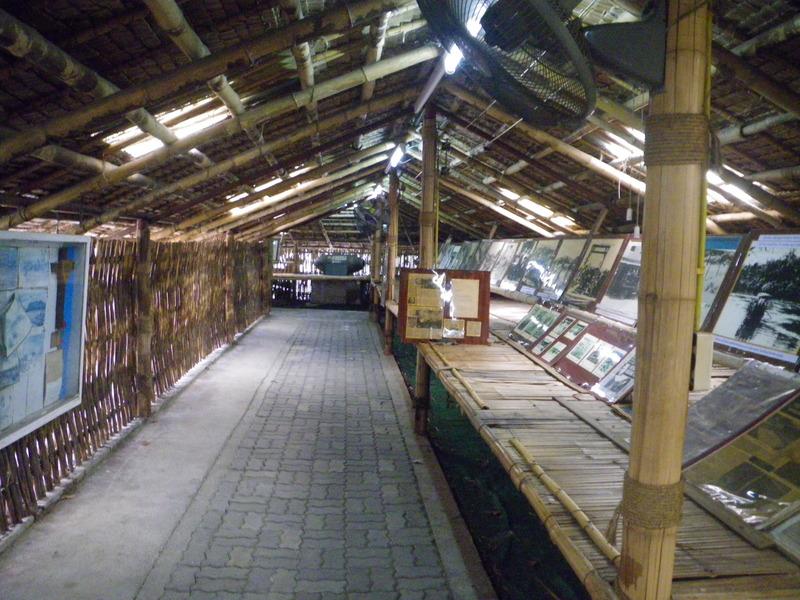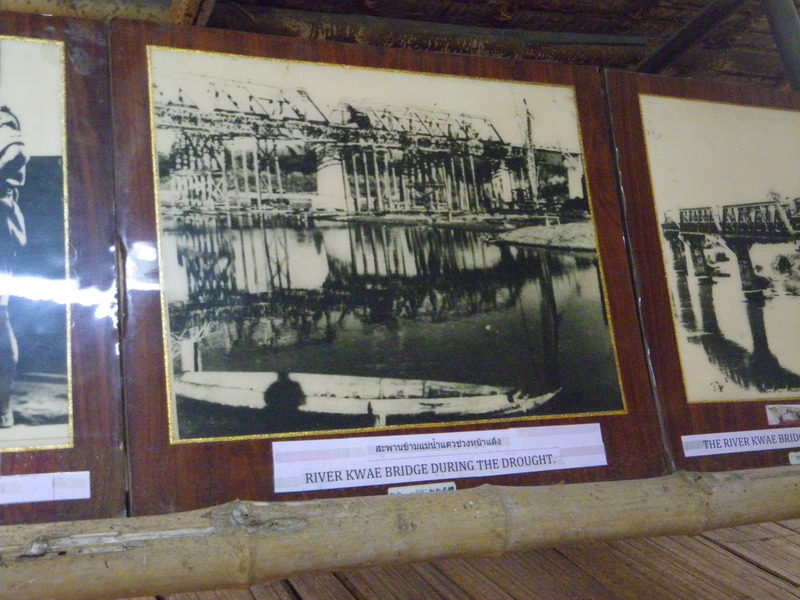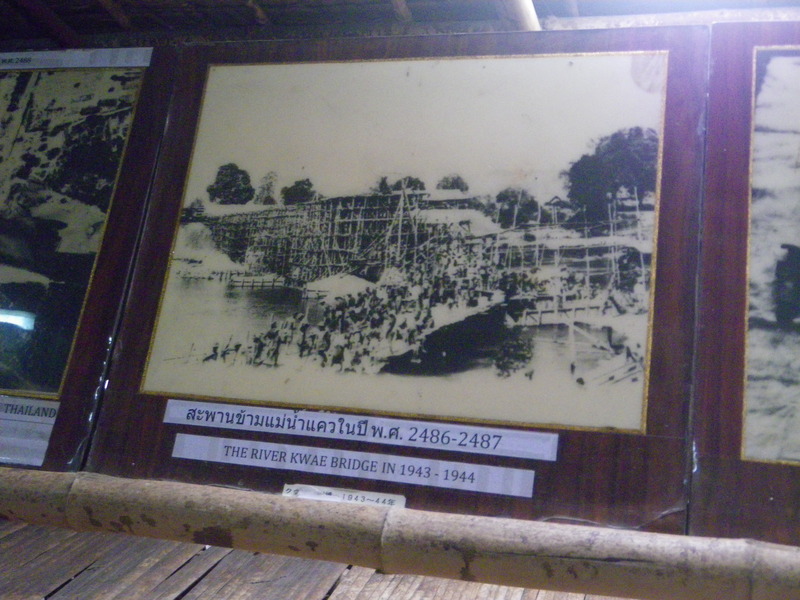
Kanchanaburi is full of little museums dedicated to the "Death Railway". Quality seems to very a lot. Also, presumably since most of the Asian forced laborers were illiterate, and probably also because the drama of the western prisonsers of war is more attractive to many tourists, most of the museums focus on the plight of the western prisoners of war, even though working conditions were similar for the two groups, as were fatality rates.
Before visiting the museums, I paid my respects to the City Pillar.

Most Thai cities that I have seen, including Bangkok, have a city pillar. It symbolically marks the center of the city, and is supposed to have spiritual meaning as well.
The governor's house looks a little bit like Washington place, the official home of the governor of Hawaii.

The JEATH museum is sponsored by a Buddhist temple. The word JEATH is captures the initials of the nationalities involved in building the railroad (Japanese, English, Australian/American, Thailand, and Holland, ignoring the Asian laborers), and is also used instead of "death", as the purpose of this Buddhist temple is to help people realize the awful realities of war.
The museum exibhits photographs, drawings, and a few artifacts from the construction of the railroad in a hut resembling the huts where the prisoners slept. The prisoners would have slept on bamboo slats similar to the ones on the right.




This is one museum that had no objections to my taking pictures.
On the way back, I saw some of the reconstructed city wall.

The other museum that I visited, the "Death Railway Museum" and "Research Centre" was much better organized and had more facts and figures, but did not allow pictures.